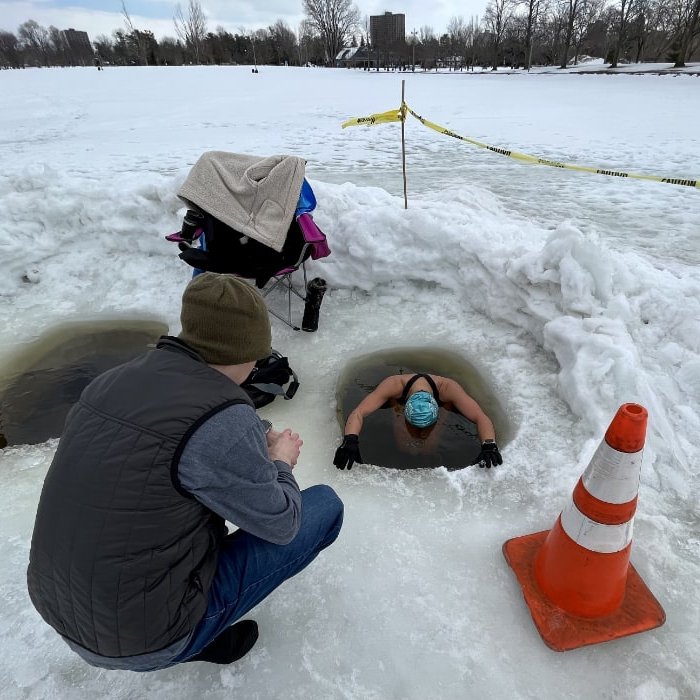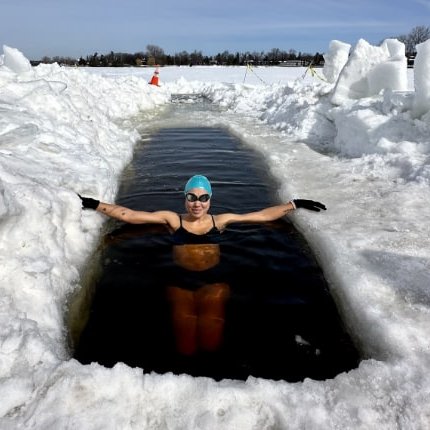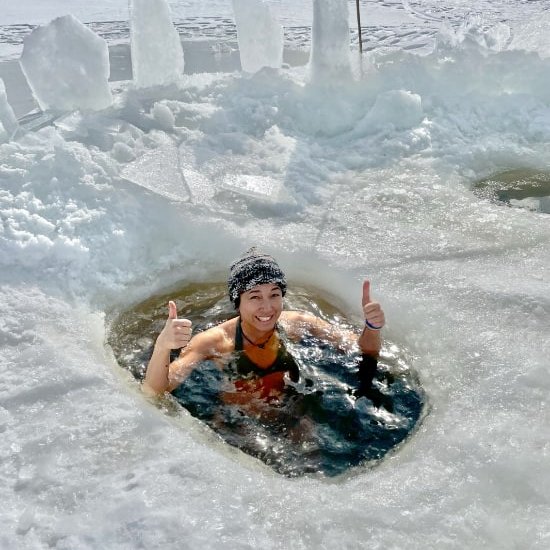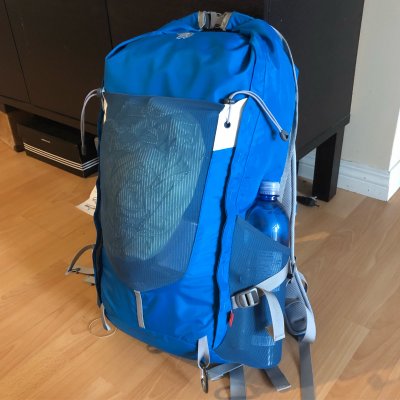
For over a year, I have been wanting to go for my first solo backpacking trip and had chosen the spot: the Howe Sound Crest Trail, starting at Cypress Provincial Park and ending just south of Porteau Cove, a 29km hike rated as being “very difficult.” Last year, we had snow so late in the year that it was a long time before it was even safe to hike and by the time it was hikeable, I was busy with work. As such, I have had a lot of time to think about what I wanted from my experience on the trail and and put together the list of gear I wanted to take on the trail.
My Magnum Opus: Overnight Solo Backpacking List
From all accounts, going solo when it comes to backpacking is an exercise in limitation. Because you have to carry everything yourself, every ounce has to have a purpose. It’s like playing Tetris, but you have the extra dimension of necessity added to the mix. I was pretty proud of how well I managed to get my weight down. In the end, my pack weighed only 10.8lbs base weight, and 17lbs with food and water. This is considered just above what is considered to be “ultralight” as 10lbs and under is what the outdoor community is what it takes to carry that handle, with under 20lbs being “lightweight.”
My Solo Backpacking Shelter & Sleep System
Shelter:
- Camping hammock with mosquito net (from Amazon)
- GEERTOP 260x210cm silicon rain tarp
- Eno Helios Hammock Suspension System
- Eno ridgeline (without the pocket)
- 2 aluminum hammock carabiners
- Hennessy Hammock XL Snakeskins
Sleep System:
- Double Black Diamond Down Blanket (bought at Costco in US)
- Therm-a-rest Slacker Snuggler Hammock Under Quilt
- Therm-a-Rest Trekker Stuffable Travel Pillow Case
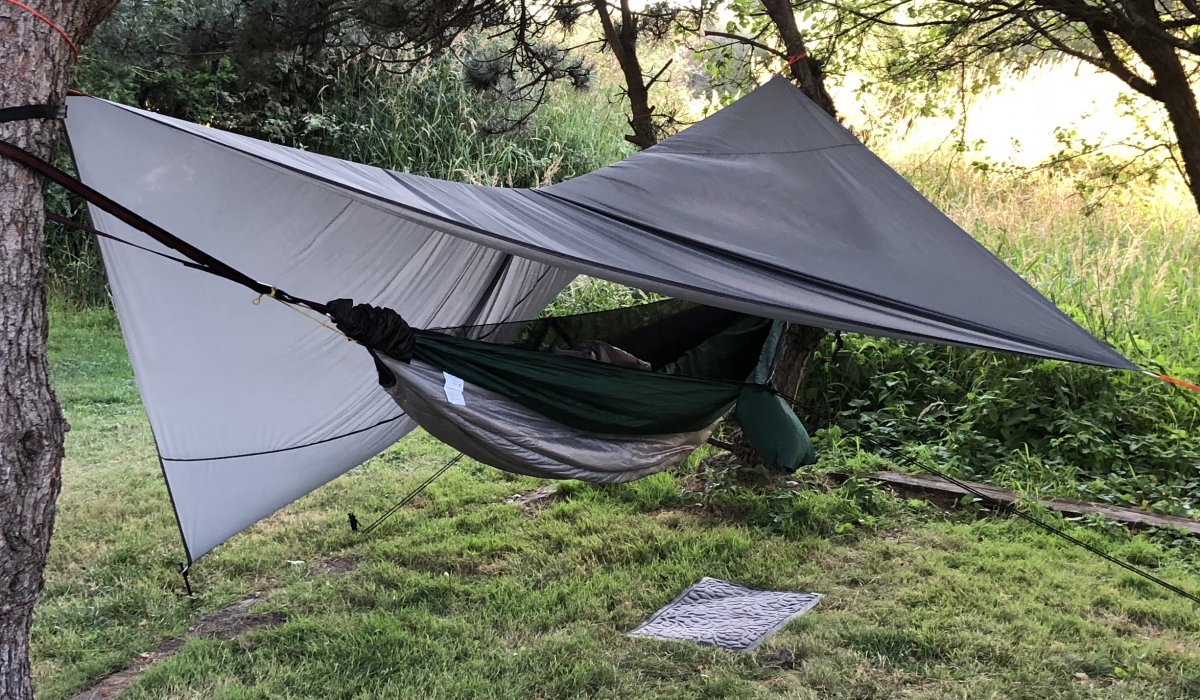
Overall, I was pretty happy with what I took, but would make a few changes for my next solo trip. My camp hammock and tarp system is light, but a riskier choice unknown campground because it’s impossible to know if you’ll find trees at the distance you need, and my straps are fantastic but minimalist so they’re isn’t a lot of wiggle room if the trees are a little farther apart. I think I would go for a 1-person tent or bivy with an ultralight mattress and sleeping bag for locations with any uncertainty around the tree situation. Don’t get me wrong, I LOVE hammock camping and think my system is one of the better ultralight set-ups you can get, but it just wasn’t the perfect set-up for this particular trip. You’ll see why in my next blog post in which I cover the actual trip. Above, my hammock sleep system is shown set up under ideal circumstances (not how it ended up being on my actual trip. You'll see why in my next couple of blog posts about my actual trip.
My Solo Backpacking Camp Kitchen
- Esbit Ultralight Folding Titanium Stove
- TOAKS Titanium 550ml Pot
- Snow Peak Hotlips (to drink from pot)
- long plastic McFlurry spoon
- mini lighter
- Coghlan's Waterproof Matches
- Two 1L Smart Water bottles
- Tomshoo personal water filter
- One Coghlan's Odor Proof Storage Bag, 12"x16"
This was pretty much perfect. The one tool I would swap out for sure though is the Tomshoo personal water filter. It was my silly mistake not to test it out before my trip. It was able to screw into my water bottles, making the squeeze back not a necessity, but it was not that easy to squeeze the water out with those bottles and impossible to generate enough suction to drink directly from the filter which was suggested to be possible by its design. I’ll try a different personal water filter next time, probably the Sawyer Mini Water Filtration System. The only other thing I would replace would be the Coglan odor-proof bag. It was a little big for the amount of food I had for an overnight trip. I’ll just pick up a smaller sized one for my next trip.
The Esbit fuel cubes and stove are so tiny and light, but you don’t have as much control over the burn. Once you’ve got it started, you basically just use up the whole cube. You can divide them into halves, like I did for my morning coffee, but it wasn’t quite enough to get a full boil. Note that the cubes leave bit of a sticky residue behind on your pot and stove so you might want to have a cover for them or a way of cleaning them. You definitely would need to have a filter to make sure your water is safe to drink because you might not want to waste your burn on boiling it for a full minute depending on what else you want to heat up. If I were camping with someone else, I would definitely use a canister stove, but this system is perfect for getting your weight down when you really need to do so. Below is my solo backpacking stove in action on my trip.

The silicon hot lips are an awesome inclusion so that you don’t have to bring a separate cup for coffee. I just fasten it to my small titanium pot, add coffee, and I’m ready to caffeinate. And I don’t need a bowl for my boil-a-bag dinner. I just pour the hot water in and use the long spoon that I got from a McFlurry I bought. That spoon is lighter than any long camp spork or spoon I’ve seen on the market and if I lose it, it’s easy to replace.
My Tool Selection for Solo Backpacking
- LED Headlamp (single AA battery) & Naturehike headlamp cover shade
- KobraTech Cell Phone Tripod Stand
- iPhoneX with case
- Anker PowerCore 10000 battery
- AmazonBasics Lightning to USB charging cable
- Apple watch charging cable
- large garbage bag
- small air horn
My tool set was about perfect for this trip. Did I use everything? No. But the only thing I didn’t use was the large plastic garbage bag, which barely weighs anything anyway. I probably would have used it as a mat if it had rained and I had used my hammock outside, but that didn’t happen. The only other thing I didn’t use was the air horn. Correction, I deployed it, but not on purpose. But that’s a story for my next blog post. I had chosen the air horn over bear spray because air horns are more effective at deterring bears from greater distances. It was also significantly lighter. I ended up losing it on the trail, but I wouldn’t get another one. My local outdoor store, Skyview Outdoors, recommended the smaller, lighter Coghlan's Emergency Survival Horn that you can blow and wear around your neck so I picked up one of those for the future.
My Ultralight Backpacking First Aid/Toiletries Kit
- bandaids (various sizes)
- moleskin
- toothpaste
- toothbrush (cut in half)
- small capsule of arnica gel
- small capsule of unscented anti-perspirant
- small capsule of Muskol Bug Repellant Lotion
- Tylenol & Advil packed in tiny ziplock bags
- support wrap
- partial roll of hockey tape, flattened
- Coghlan's toilet paper (partial roll)
Rather than using one of those pre-packaged first aid kits that come with stuff you really don’t need, I chose to put together my own in a small ziplock bag. Using sample capsules that I got from the Body Shop, I could squeeze in small amounts of things like arnica gel and bug repellent. I used a slightly larger bottle for sunscreen since the weather was fairly sunny. I won't bother with the deodorant for my next solo trip (who do I need to smell good for?). I'm really not sure about the toilet paper for overnight backpacking trips. I have never wipe myself for a trailside number 1, and I've never ended up having to go number 2 on any overnight backpacking trip. I've heard the body tends to go into poop-retention mode when not in a comfortable place. And in the end, the facilities at Taylor Meadows were well-stocked anyway. That being said, if they weren't or I had a runny nose or something, it would kinda suck not to have had it.
My Packed Wearables & Carried/Worn Items
Packed Wearables:
- 1 pair of SmartWool Womens Medium Crew Hiking Socks
- 1 pair of Fox River Wick Dry Alturas Liner Socks
- Icebreaker Merino Women's Tech Long Sleeve Crewe Top
- Icebreaker Women's Vertex Leggings
- Columbia Women's Gold 650 TurboDown Radial Down Jacket
- Marmot Essence Jacket
- Coghlan's Mosquito Head Net
- Buff Lightweight Merino Wool
- L-RUN Barefoot Water Shoes
Worn or Carried On My Person:
- Mountain Hardwear Scrambler Roll Top 35L OutDry Backpack
- Cascade Mountain Tech Aluminum Adjustable Lightweight Trekking Poles
- Tilley Endurables T3 Traditional Canvas Hat
- Stormtech waterproof breathable pants
- Columbia Women's Silver Ridge Long Sleeve Shirt
- ExOfficio Women's Cross Over Bra
- ExOfficio Women's Give-N-Go String Bikini
- SmartWool Womens Medium Crew Hiking Socks
- Fox River Wick Dry Alturas Liner Socks
- Apple Watch
- Outdoor Research Active Ice sun gloves
- Dollar store sunglasses
- mini compass with light
- Tiny Victorinox Swiss Army Classic SD Pocket Knife (knife, scissors, tweezers, tooth pick)
The trick here was to cut back on anything I didn't absolutely need. My Stormtech pants, for example, are both fully waterproof, but breathable enough to be comfortable on the trail at the temperatures I had. A couple of times, I rolled them up a bit to ventilate, but it was better than wearing regular pants and having to carry an additional pair of waterproof pants. My lightweight summer rain jacket served to keep me warm but cutting the wind when it kicked up. It also doubled as the filling for my Thermarest pocket pillow. My Ex-Officio bra and underwear are quick-drying and are styled in such a way that I didn't feel weird using it as a swim suit. My merino base layers and down jacket gave me the warmth I needed in the evening and made for cozy clothes to relax and sleep in. My Columbia Silver Ridge hiking shirt is breathable, provides sun protection, and you can roll up the sleeves if it's warm so it doubles as a short sleeve shirt. My neck buff provides a little extra warmth or sun protection when needed, but is also handy for handling a hot pot or wiping things off. My Tiley hat provides protection against the sun and rain should the need arise. I don't go on any outdoor adventure without it. I actually had to re-write my name and phone number in it as it had faded with use. My hat celebrated its 20th anniversary this year. Tiley Endurables makes great hats. The only thing I brought that I may have not been totally necessary was my water shoes, but the ones I have are super light and at the end of a long day of hiking, being able to take off your boots is a luxury that I wouldn't trade off. Plus, I got to wear them when I went for a dip in the lake.
My Food & Other Consumables for this Trip
- 1.5 Esbit Solid Fuel Cubes
- 1 Kirkland Signature Nut Bar
- 1 CLIF Nut Butter Filled Energy Bar Coconut Almond Butter
- 1 Detour Simple Protein Bar - Caramel Peanut
- 1 small bag of mixed nuts and seeds
- 3 Swiss Delice 72% Dark Chocolate squares
- 1 chunk of mustard Gouda
- 1 chunk of extra old cheddar
- 1 keto coffee powder blend (freeze dried coffee, MCT oil powder, butter powder, collagen powder, maca powder, raw cacao, turmeric, cinnamon)
- 1 Starbucks Via Starbucks Instant Colombia Medium Roast Coffee
- 20g of spicy pork rinds
- 1 keto lemon poppy seed cookie
- 1 keto peanut butter cookie
- 1 chicken and rice with dehydrated egg and kale Cajun Alfredo (in medium Ziplock freezer bag)
- 2oz Balvenie 12-year Scotch (in GSI mini flask)
- 1 bag of spiced orange tea
- 2L of water
I went a little on the light side for this trip in terms of my food and water supplies. Actually, it was exactly perfect for what I needed to for this particular trip. I literally ate everything I had and felt it was just right. I didn't feel hungry during my morning fast while I hiked out the next day. I should have had a little extra food for emergency purposes though. I usually bring at least 2 protein bars for that purpose. As you can see below, it's not a lot of food. I had underestimated how many calories I would consume on that particular journey. You'll see why in the next couple of blog posts. I also hydrated well enough pre-trip that the 2L of water I brought with me were enough to get me all the way to my overnight camp spot at Magnesia Meadows where there was a lake, but it was just enough. Nothing extra for emergency purposes, which would have been a good idea to have.
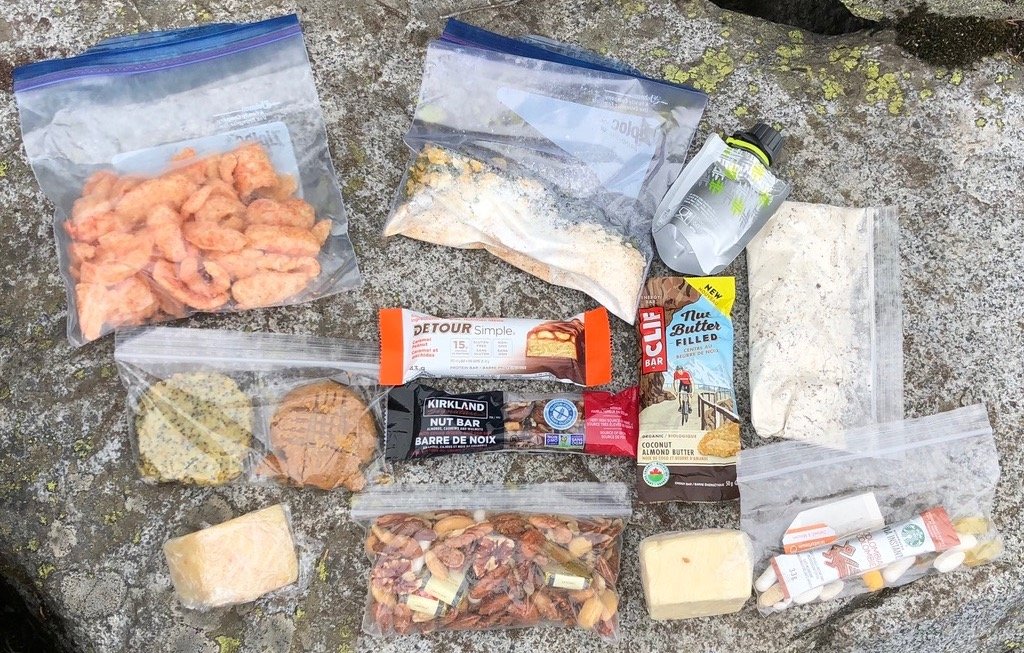
As you know, I follow a ketogenic diet, this meal plan was a little higher on the carb side than usual, my macros for the trip were 17% carbs, 66% fat, 17% protein, I'm often a little less strict when weight and convenience is a factor. For my dinner, I used ¼ cup of Mountain House chicken and rice from a can as the base and added my own dehydrated egg and kale, powdered butter and cheeses, and Cajun seasoning. A lot of the carbs came from the rice in that. The bars I brought for convenience were also higher in carbs than I would have liked. At some point, I will make my own perfectly balanced recipes for boil-in-bag backpacking meals, as well as bars. Keep an eye out for it in a future post.
Moving Forward
There wasn't a lot I would have changed about my packing list for this overnight solo backpacking adventure, so I call that a win, even with the nasty chemical burn from the air horn (lesson learned). A couple of people were surprised I was indeed backpacking with only a 35L pack for all my stuff. In my next post, I'll share about the first part of the journey hiking the Howe Sound Crest Trail.
What items have you found particularly useful for doing ultralight/lightweight solo backpacking trips? I'm always looking for new ideas. Please share in the comments. :)
